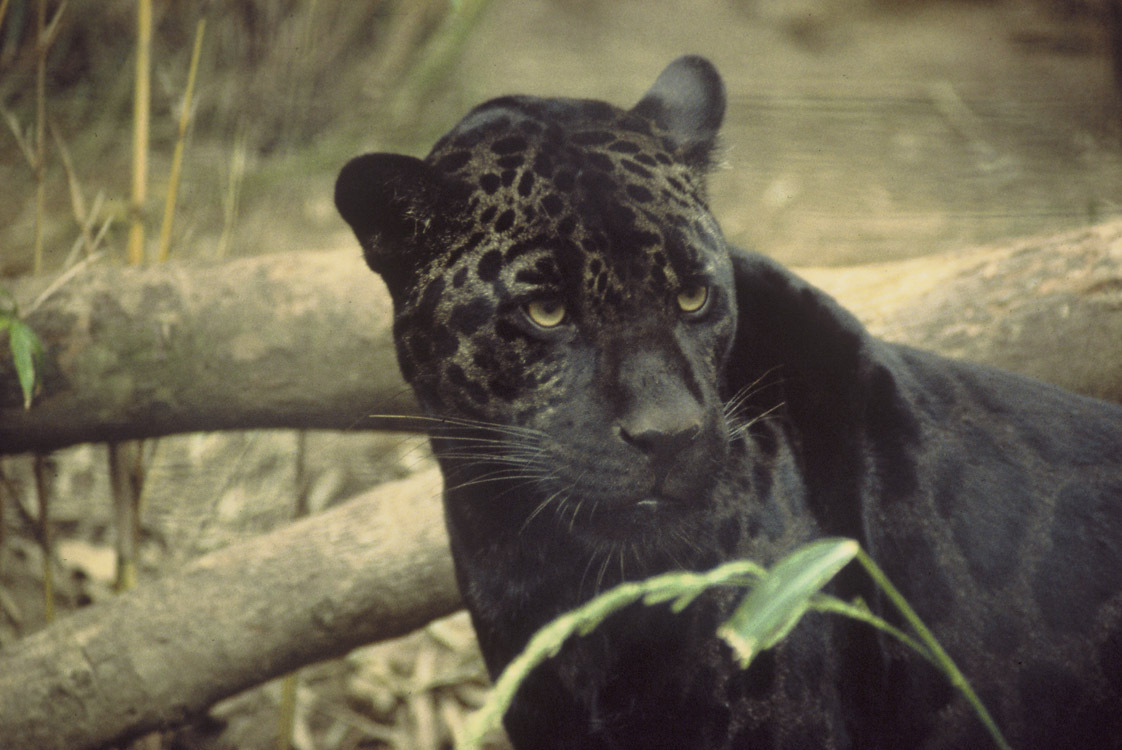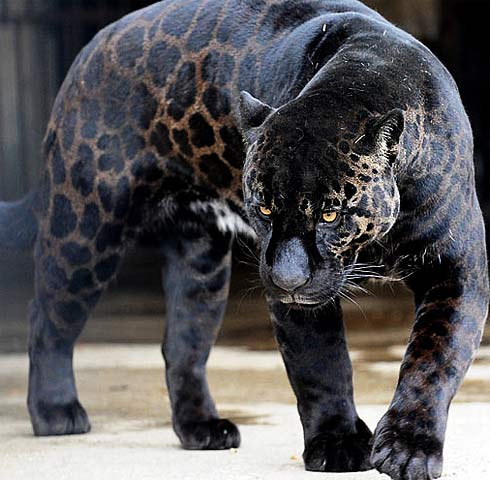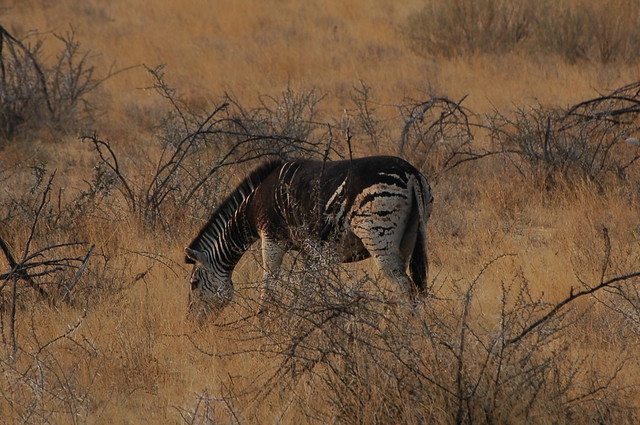Personally, I am one who considers the rarities of the animal kingdom's colour range absolutely incredible - and go looking for such rarities.
Some might say that is the trouble with people, who, unsatisfied with the way things should be, go off in search of something 'rare' to make money and extort that creature - just like what has happened with White Tigers breed selectively in zoos for the genetics behind it. (It's horrible -google 'down's syndrome tiger' to see what in breeding for that trait has done!) It's so unfortunate and often cruel that these extraordinary features of nature are so often destroyed for mankind's gain.On the other hand, though, I would call myself an admirer of these naturally occurring rarities, and one who would leave these things exactly as they were - and remain an in-obtrusive observer - let them come and go, as they will and do, and have done, for so long.
I have put together a list of some of my more favourite unusual colour patterns in various animal species, as an admirer only - of the incredible variation and sometimes apparently impossibility of expressing that variation! It is always amazing when new things pop up - especially when we humans thought we knew how animal genetics worked!
Recessive Genes - Golden Tabby Tigers
Above: Golden Tabby Tiger, caused by recessive genetic influence. These tigers are currently only found in zoos in modern times, and are often accidentally bred. However, the colour is an old myth and the recessive gene has been in certain populations of wild tigers for centuries.
Above: The four kinds of common tiger colours seen today: Near white with minimal black striping, white & black, golden tabby, &normal orange &black.
Melanism
Melanism works in the opposite way to Albinosim -instead of the body losing all the melanin (black pigment) and showing no colour, it increases the melanin and over-produces black. Melanistic animals often have black-related coat colour patterns which are then 'overridden' by the melanistic gene, and produce much greater amounts, hence creating an appearance of all black. This doesn't work in the same manner as an animal that is ordinarily genetically solid black (for example,black Labradors are not called melanistic). Often, the original patterns can still be seen, in the instance of the Black Panther.
Above: The Black Panther is melanistic and dominantly expresses too much black. The animal appears 'black' allover, but it can be seen it still carries the genes (as well as expresses) for the original coat colour patterning.
Above: Some Black Panthers are lightly melanistic, such as this one above. Others, like the one below, appear almost solidly black, and markings may be hard to define.
Melanism occurs in many animal species:
Above: Melanism in the Zebra: sometimes this colour doesn't work as well for prey animals as it does predators. Melanistic Zebra are rare and likley won't survive due to their outstanding colouring.
The melanistic colour pattern can vary greatly, and comes in many forms - including spots.












nice pictures like them
ReplyDelete